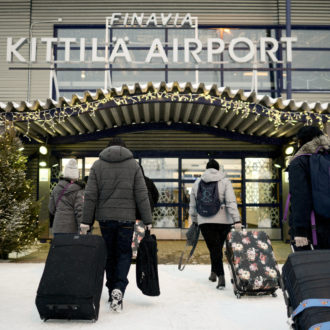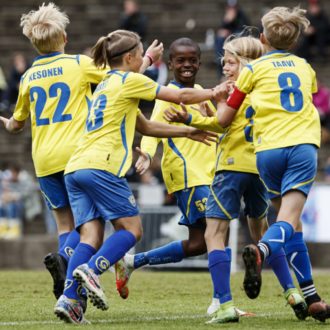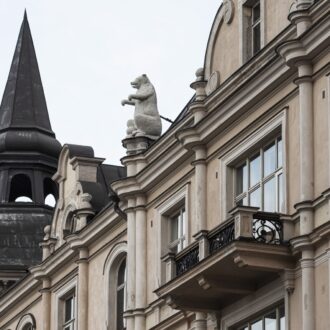The atmosphere at Helsinki Airport is filled with anticipation. Passengers gather near the aircraft as purser Nina Merisalo-Reunanen briefs them on the upcoming flight.
“The technology of the plane is from 1935,” she explains. “Today, the flying altitude will be around 300 metres, at a speed of 250 kilometres per hour.”
These low altitudes promise sweeping views of the coastline.
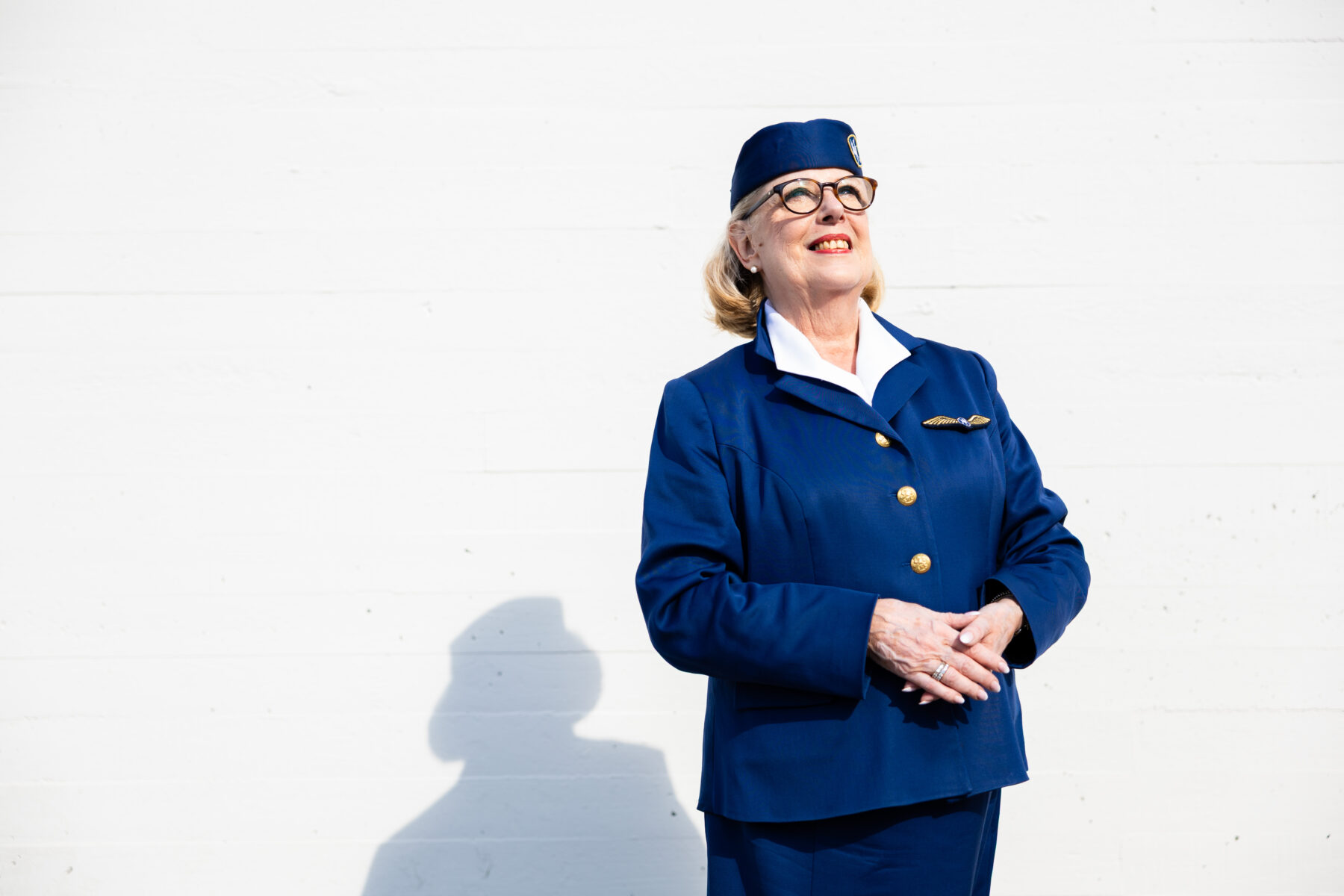
Purser Nina Merisalo-Reunanen designed the uniform to match the aircraft’s historical charm.
Dark storm clouds pass overhead, but soon the group of aviation enthusiasts receives clearance to board.
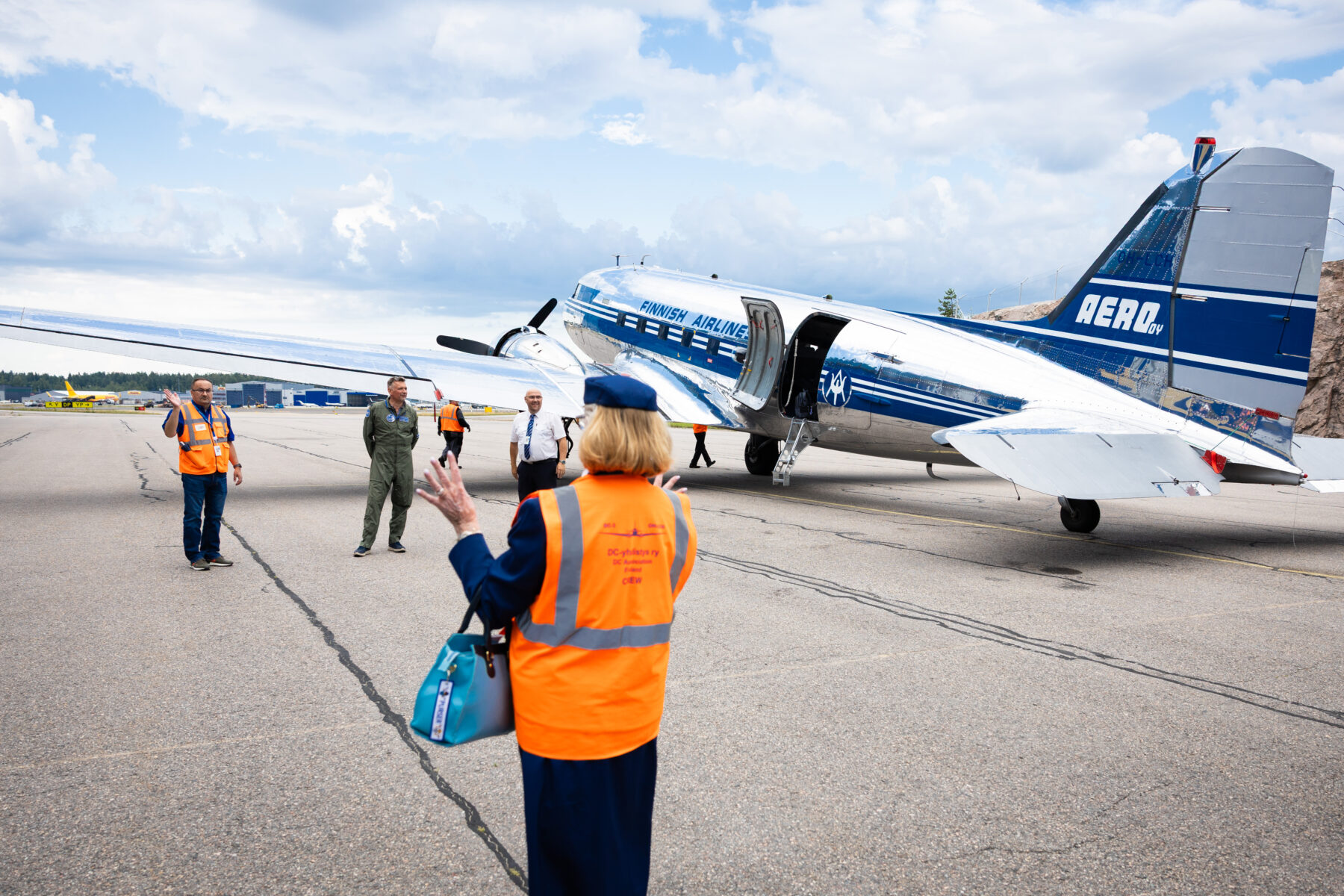
The plane will soon be ready for boarding. DC-3 planes typically have up to 32 seats.
Inside, the cabin is a world apart from modern air travel. Passengers sit slightly reclined until takeoff, when the engines roar to life and the fuselage begins to shake. There’s generous legroom, but no air conditioning – just fresh air flowing in through an open cockpit side window and another at the rear of the cabin.
With its 1960s-style interior and crew in historically inspired uniforms, the journey feels like stepping straight into another era.
From wartime service to peaceful skies
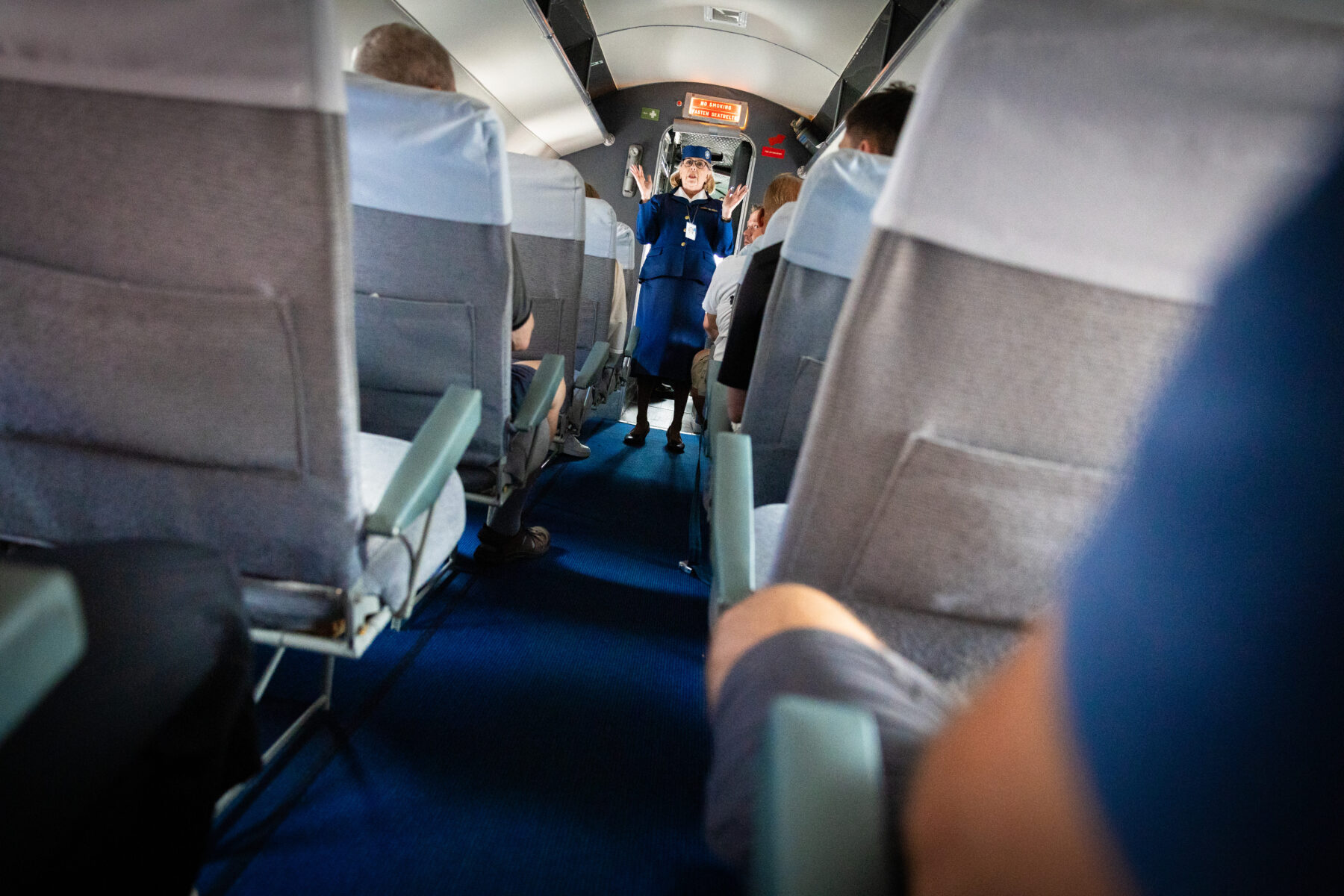
Merisalo-Reunanen gives the safety briefing in the cabin. With its 1960s interior, the flight feels like a step back in time.
The DC-3’s story begins far from Finland. Built at the Douglas Aircraft Company factory in California, it was completed on Christmas Eve 1942. Originally ordered by Pan American Airways, it was taken into service by the US Army during the Second World War.
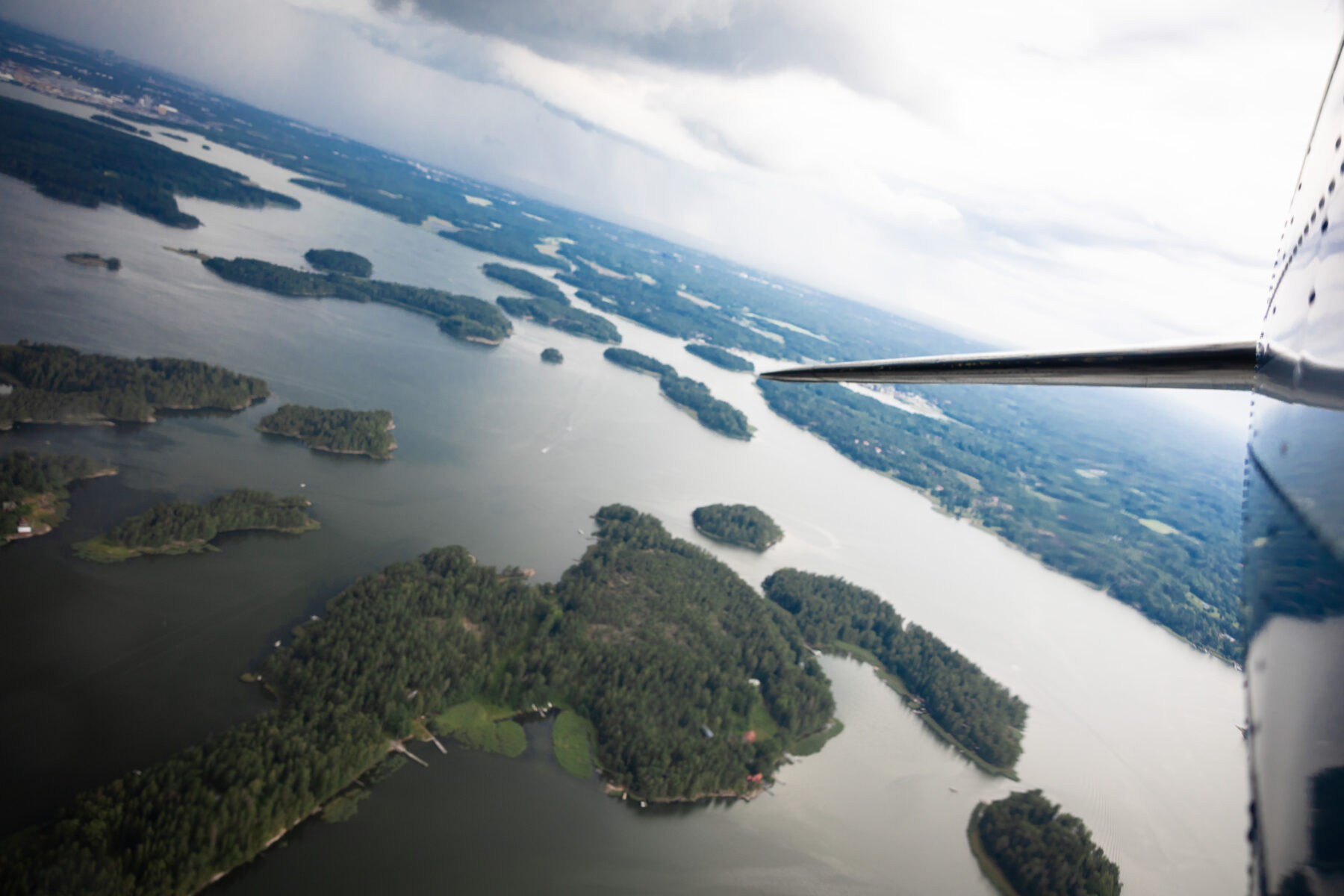
Protruding rear windows provide fine views of the coastline and the side of the plane. Flights are limited to three kilometres in altitude due to oxygen requirements.
After the war, the plane was sent to Oberpfaffenhofen in Germany before being purchased by the Finnish government. Registered as OH-LCH in June 1948, it made its first passenger flight from Helsinki to Vaasa that summer. The flight was operated by Aero, which later became Finnair, now the world’s fifth-oldest airline still in operation.
Cargo, intelligence and a second life
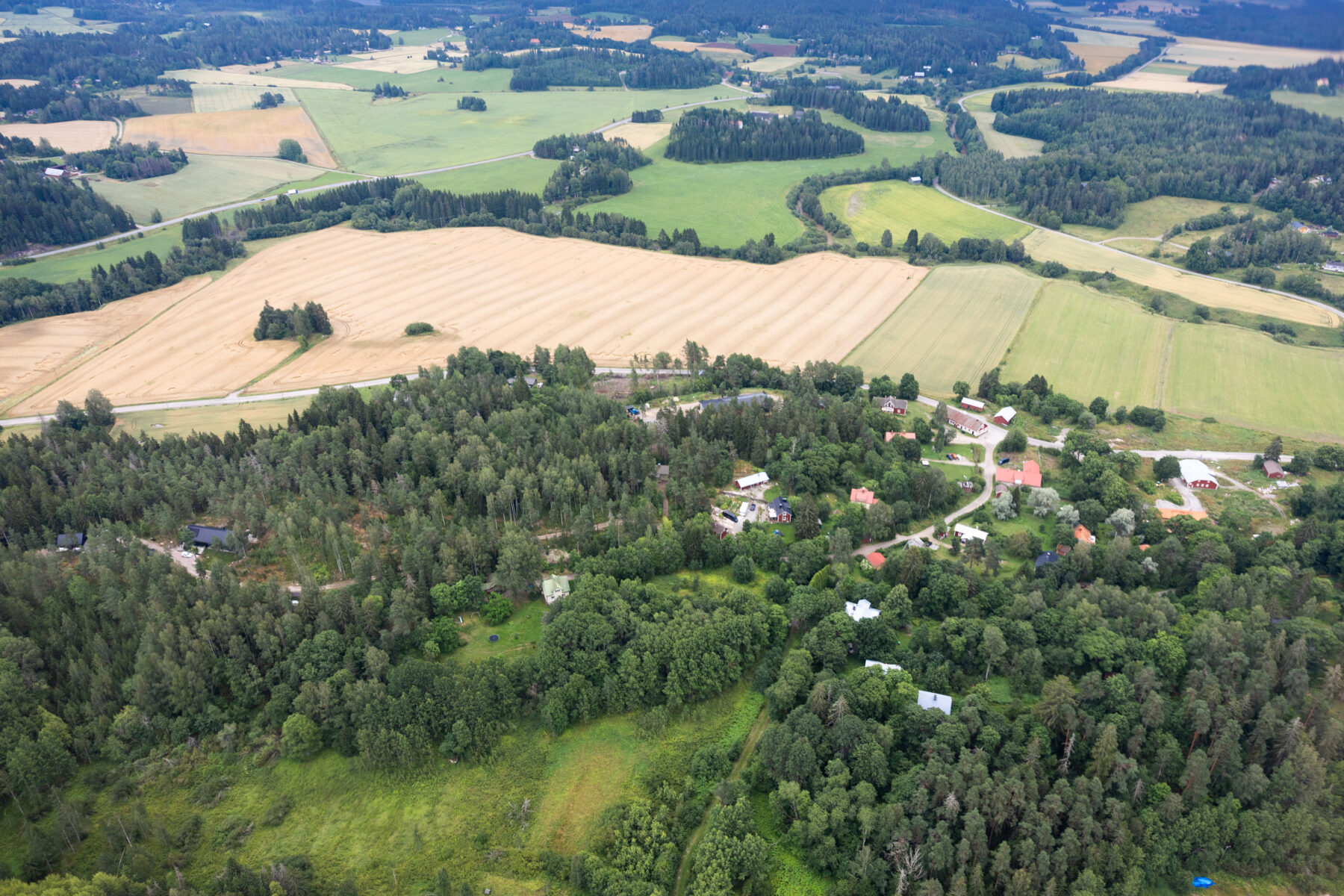
You don’t have to fly far from Helsinki to see beautiful rural landscapes dotted with forests and fields.
In December 1960, the plane was dismantled for spare parts, then reassembled and converted for cargo use with a large freight door. It remained in service until April 1967, when it made Finnair’s final DC-3 flight.
The Finnish Air Force bought the plane in 1970 and used it as a signals intelligence aircraft until retiring it in 1985. A year later it was purchased by the Finnish company Airveteran and repurposed for member flights.
After decades of service, the plane now boasts more than 35,000 flight hours, which is the equivalent of flying for four years nonstop.
Passion and dedication
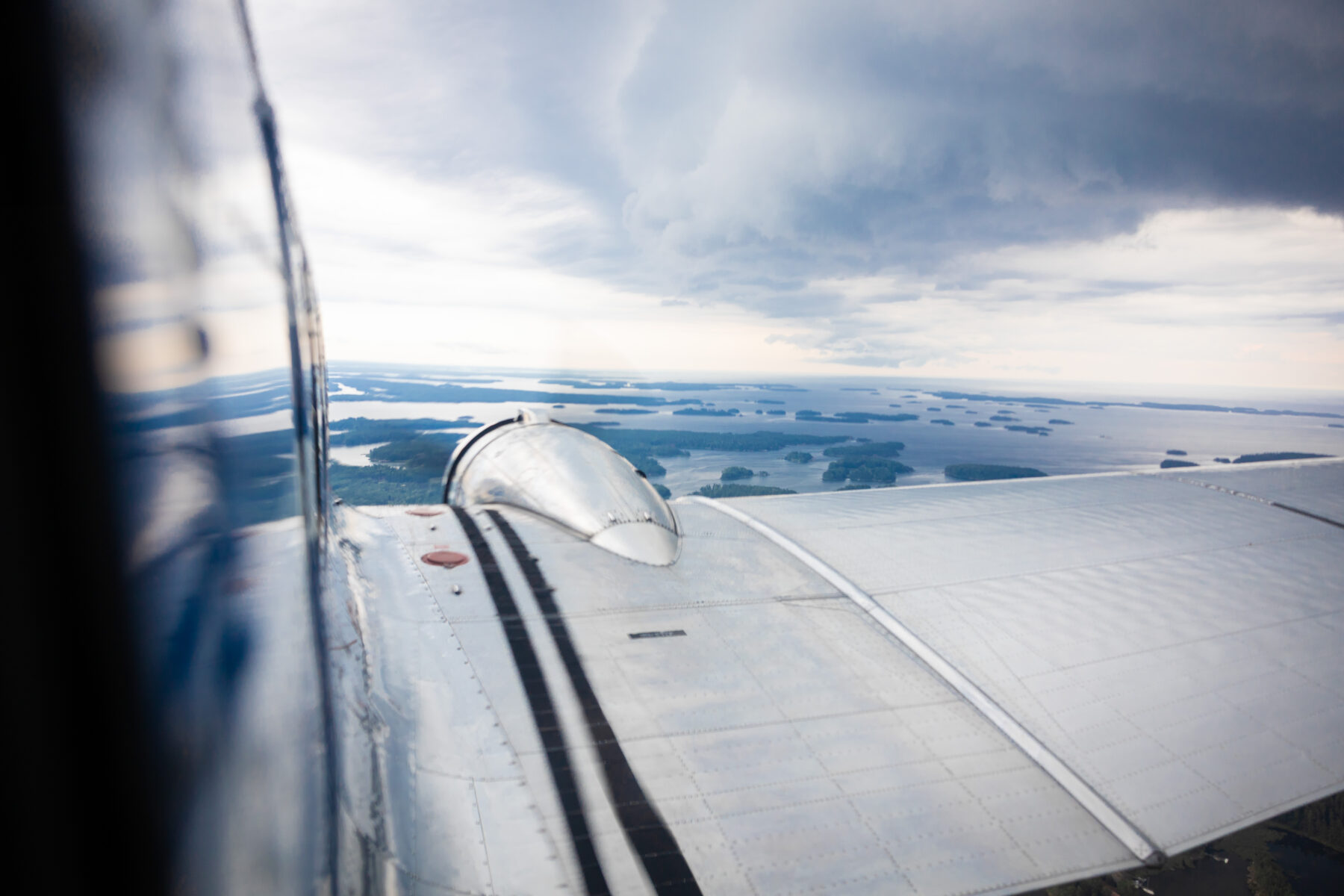
Most member flights on this DC-3 take place in the Helsinki region and other parts of southern Finland, with occasional trips to Baltic cities. This short flight of less than 30 minutes followed the coastline east of Helsinki.
Airveteran still owns the plane, with the flights operated by a local DC association. Every summer just under 2,000 passengers take to the skies aboard OH-LCH. Membership is open to anyone, and volunteers keep the plane in good condition.
“The passengers include both Finns and foreigners interested in aviation,” says association chair Petri Petäys. “There are between 180 and 200 DC-3 aircraft still airworthy worldwide, but this type of aircraft was previously in widespread use. It is still used in commercial cargo and passenger transport in North and South America, for example.”
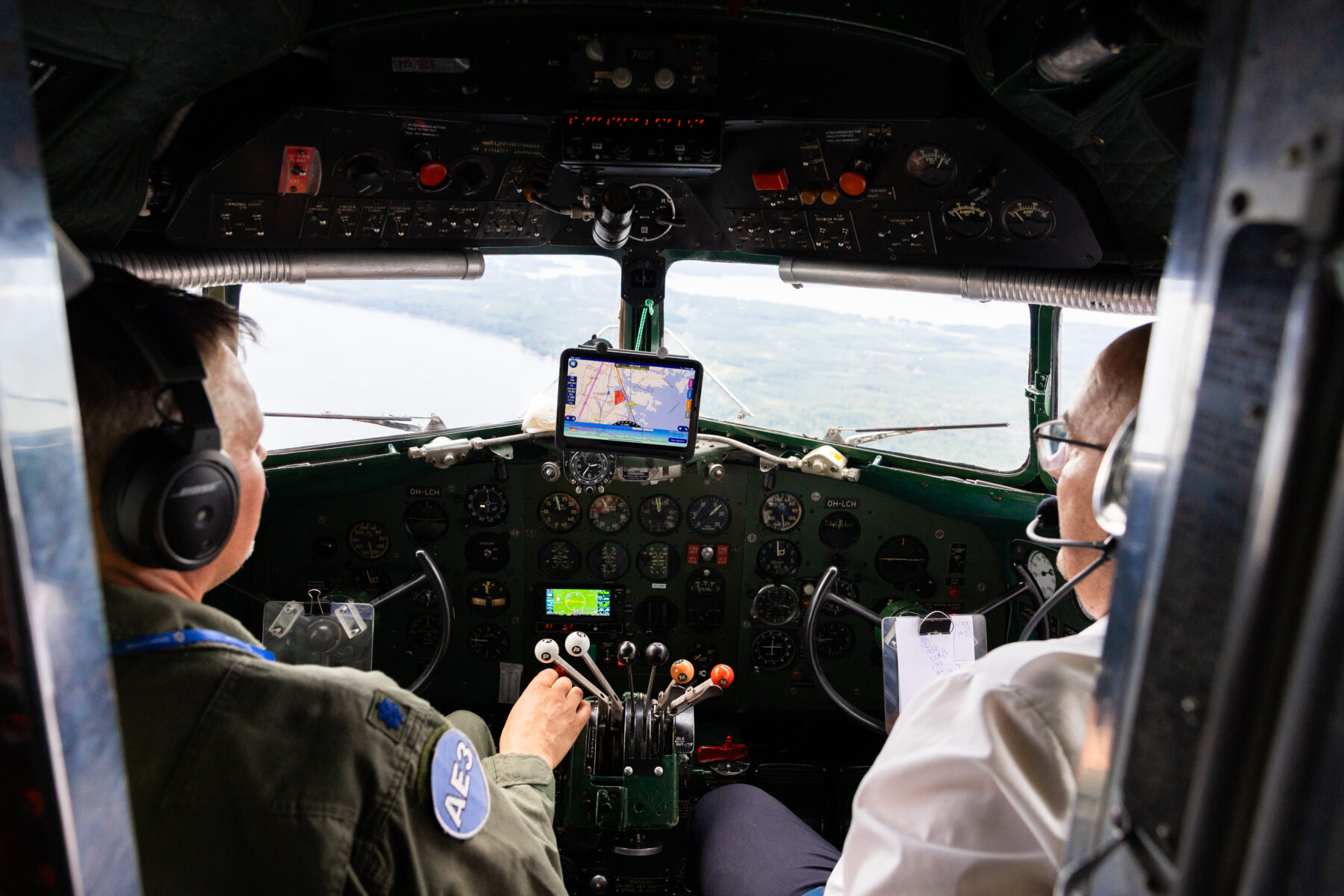
In addition to flying long-haul for Finnair, captain Miikka Rautakoura enjoys flying in his spare time and is a member of the Arctic Eagles aerobatic group. First officer Henri Airava is also highly experienced and works as a captain for Norwegian Air Shuttle.
Captain Miikka Rautakoura notes that, unlike modern computerised cockpits, everything in this plane works mechanically.
“The DC-3s have proven to be a very good design overall,” he says. “And it was actually the introduction of this particular type that made commercial flights profitable.”
For every hour of flight time, the aircraft undergoes 15 to 40 hours of maintenance, all carried out by volunteers.
“The reward,” says Rautakoura, “is seeing the passengers’ smiles as they step off the plane.”
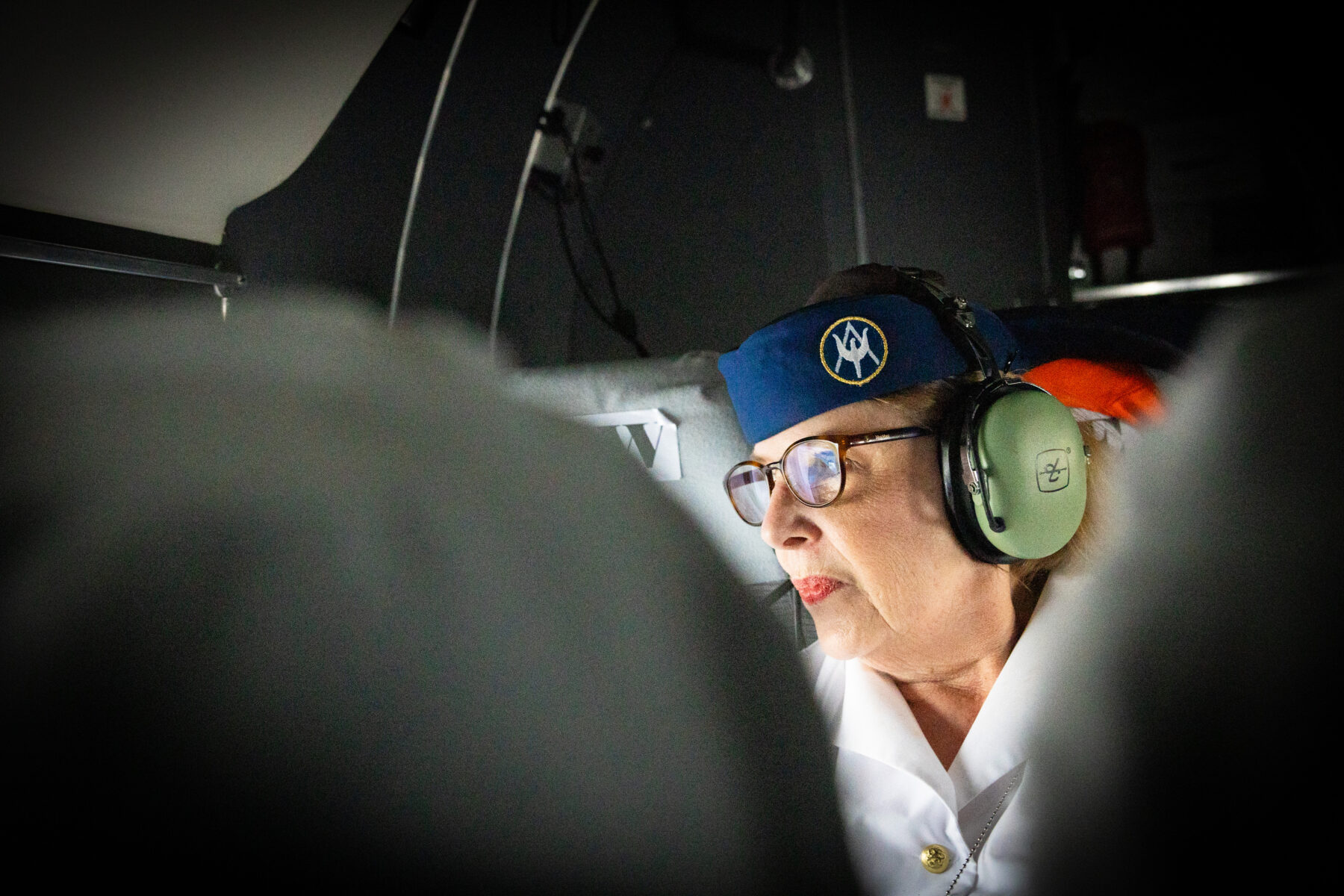
After nearly 40 years with Finnair, Merisalo-Reunanen now volunteers as a flight attendant on this historic DC-3.
Text by Anttoni Tumanoff, September 2025
Photos by Emilia Kangasluoma
This article includes historical information sourced from the website of Finland’s DC Association.

